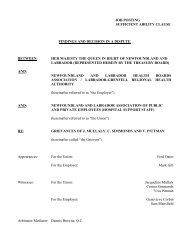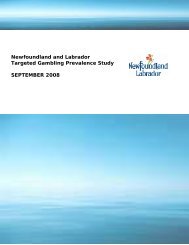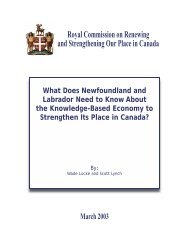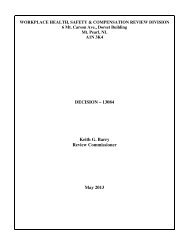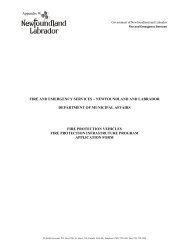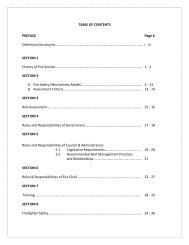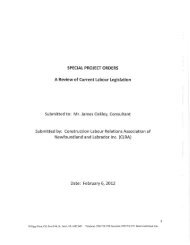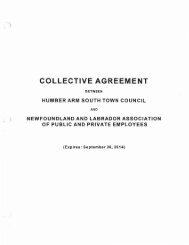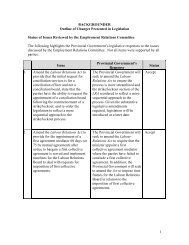Basic Level Pre-Course Reading
Basic Level Pre-Course Reading
Basic Level Pre-Course Reading
Create successful ePaper yourself
Turn your PDF publications into a flip-book with our unique Google optimized e-Paper software.
Chapter 5<br />
Control the Situation<br />
5. CONTROL THE SITUATION<br />
After completing this chapter, participants will be able to:<br />
• describe how to safely perform scene size-up;<br />
• describe Inner (safety) and Outer (security) perimeters and Cold, Warm, and Hot Zones;<br />
• describe how to help/control contaminated victims;<br />
• describe how to establish and execute Emergency Washdown procedures; and,<br />
• describe the Decontamination process.<br />
This chapter describes tasks associated with the evaluation of a potential CBRN scene.<br />
It then addresses factors critical to establishing an orderly response.<br />
5.1 Safe Scene Size-Up<br />
Responders are accustomed to evaluating a scene upon arrival at an incident. They<br />
are trained to observe, quantify the job requirements, and protect themselves and<br />
others from threats. When it is known that the incident involves a CBRN agent, essential<br />
information must be collected. A reporting guide for emergency call centres is found in<br />
Annex B.<br />
When conducting the size-up, it is most important not to rush in as responders often do.<br />
Stop and proceed carefully. Commit minimum resources and minimize their exposure.<br />
Identify an escape route in case the situation suddenly deteriorates. Pay particular<br />
attention to casualties (how many, type and severity of symptoms). Warn other<br />
responders. Beware of secondary devices and the possible presence of a perpetrator.<br />
Wear PPE. In the absence of PPE, use time, distance and natural shielding, to limit<br />
exposure.<br />
Approach the Scene from an Uphill/ Upwind Direction.<br />
• Why uphill? Toxic materials will flow away from you. Elevation protects from<br />
pockets of toxic vapours and gases that are heavier than air.<br />
• Why upwind? The agent should be blown away from responders if potential<br />
sources of contamination are upwind. Consider the points discussed regarding<br />
weather.<br />
It will help to have a clear understanding of the factors that contribute to spreading<br />
contamination. Consider the following:<br />
Weather is a major factor – wind speed and direction, air stability, temperature,<br />
precipitation, and cloud cover are among the factors which determine where and how<br />
contamination travels and how long it will remain a hazard.<br />
• Wind speeds under 8 kph tend to disperse a cloud evenly, creating a circular or<br />
oval hazard area around the release site. At wind speeds above 8 kph, the cloud<br />
CBRN First Responder Training Program<br />
43<br />
<strong>Basic</strong> <strong>Level</strong> <strong>Course</strong>



